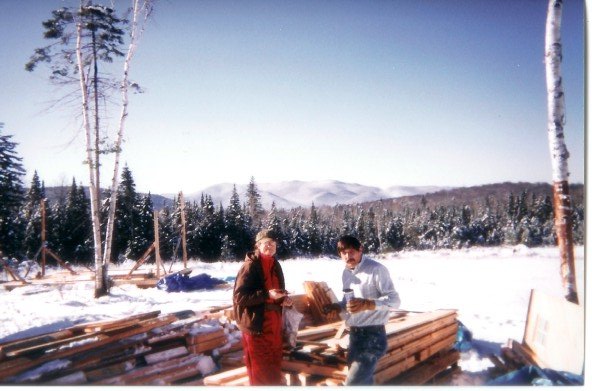Those that have ice climbed, gone to Alaska, or done a ski mountaineering trip with me know the answer is FRUITCAKE. This article excerpt landed in my mailbox ... a harbinger of stocking stuffers to come.
The origin of the fruitcake can be traced to 16th Century Europe, where it was discovered that when soaked in large quantities of sugar, fruit could be preserved. With so much candied fruit hanging around, people crammed their sugared produce with a few other ingredients into molds to make cakes of sort. Known originally as "plum cake" in England, the Oxford Companion to Sugar and Sweets describes early fruitcake as an incredibly time-consuming bake—the egg whites had to be whipped stiff with a fork, the butter had to be washed, the fruit hand-candied. The cakes then baked in wood-fired ovens that had been previously heated and emptied.
The advent of cast-iron ovens (and controllable temperatures) in the 1800s led to an increase in written recipes for fruitcake, some of which called for baking soda in addition to beaten eggs to lighten the cake. Some British recipes suggested steaming the fruit for additional moisture, while Australian recipes attempted to achieve the same with crushed pineapple.
The addition of nuts in fruitcake recipes is likely thanks to the American South. One of the country's leading fruitcake distributors, Collin Street Bakery of Corsicana, Texas, documented their pecan-heavy fruitcake recipe in 1896. Robert Sietsma writes in A Short History of Fruitcake that the Southern bakeries' inclusion of the ingredient was likely due to the region's "surplus of cheap nuts." Like fruit, nuts were less likely to spoil after being coated in sugar, and therefore made a welcome flavor addition to fruitcakes. Although popular all over the world, American fruitcakes hold a certain prize in their lack of ediblity. Because they're expected to stay fresh during their journey through the mail, the cakes are typically soaked in liqueurs or brandy, then covered in powdered sugar. Since they're permeated with liquor and sugar, the confection can actually remain edible for years. In fact, Jay Leno once ate a piece of 125-year-old fruitcake live on The Tonight Show. When asked how the cake tasted, Leno joked that "it needs more time."













